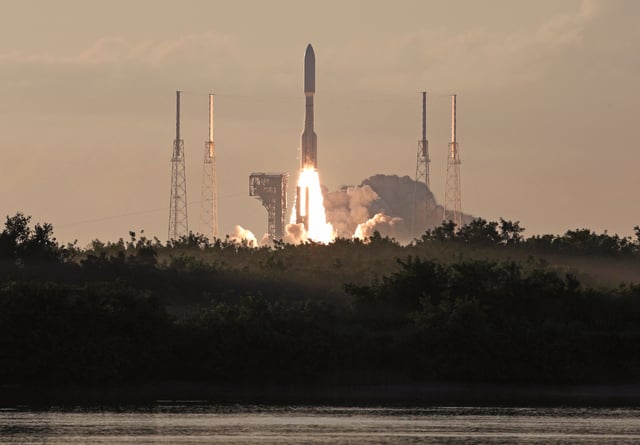Overview
- United Launch Alliance’s Atlas V rocket lifted off at 6:54 a.m. EDT on June 23 from Cape Canaveral, carrying 27 operational Kuiper satellites after engineers resolved a booster purge line issue that scrubbed the June 16 attempt.
- With this flight, Amazon’s Project Kuiper now has 54 operational satellites in orbit alongside two prototypes undergoing deorbit procedures.
- Project Kuiper aims to field a constellation of 3,232 satellites to deliver global broadband coverage and must place at least 1,616 into orbit by July 2026 under its FCC license.
- Amazon has secured over 80 launches across ULA, Arianespace, Blue Origin and SpaceX, with ULA contracted for six more Atlas V missions and 38 upcoming Vulcan flights carrying 45 satellites each.
- A newly completed $120 million processing center at the Kennedy Space Center supports final fueling and integration steps to accelerate Amazon’s satellite deployment cadence.



